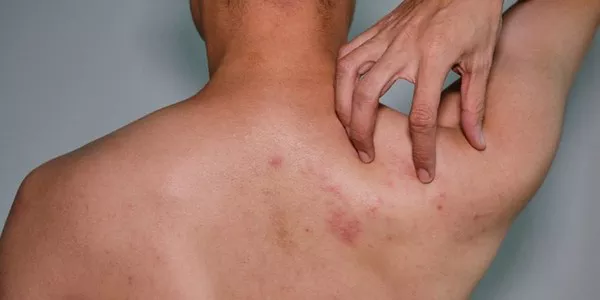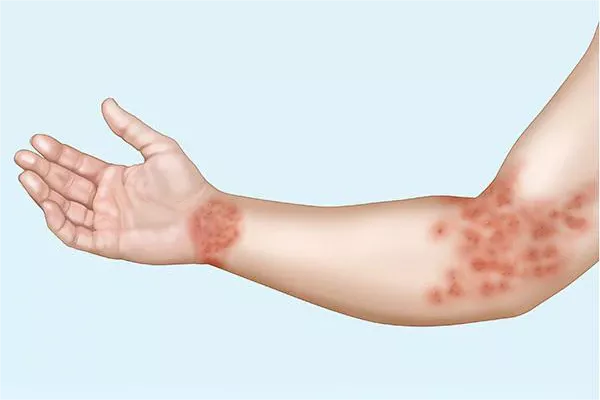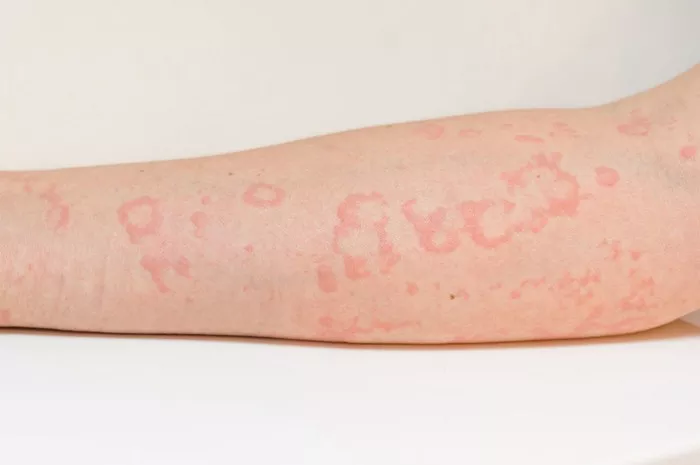Shingles, a painful and often debilitating condition, raises many questions for those affected, especially concerning social interactions and public appearances. If you have shingles or are caring for someone with the condition, you might wonder whether it is safe to go out in public. This article delves into the nature of shingles, its transmission, the risks involved, and the best practices for managing the condition while maintaining a semblance of normalcy in public life.
What is Shingles?
Shingles, also known as herpes zoster, is a viral infection caused by the varicella-zoster virus (VZV) – the same virus responsible for chickenpox. After a person recovers from chickenpox, the virus remains dormant in the nerve tissue near the spinal cord and brain. Years later, it can reactivate as shingles. The condition typically manifests as a painful rash that can appear anywhere on the body but most commonly occurs as a single stripe of blisters wrapping around either the left or right side of the torso.
Symptoms and Diagnosis
The symptoms of shingles can vary in severity but generally include:
- Pain, burning, numbness, or tingling
- Sensitivity to touch
- A red rash that begins a few days after the pain
- Fluid-filled blisters that break open and crust over
- Itching
Some people may also experience fever, headache, sensitivity to light, and fatigue. The diagnosis is usually based on the distinctive appearance of the rash and may be confirmed by laboratory tests.
Is Shingles Contagious?
One of the most pressing concerns for those with shingles is the question of contagion. While shingles itself is not contagious, the varicella-zoster virus can be transmitted to others. A person who has never had chickenpox or the chickenpox vaccine can contract the virus from someone with shingles, potentially leading to a case of chickenpox. This transmission typically occurs through direct contact with the fluid from the shingles rash blisters.
Transmission Risks
The risk of spreading VZV is relatively low compared to other viral infections, such as influenza. However, the risk exists until the shingles rash blisters scab over. People with shingles should avoid:
- Direct contact with individuals who have never had chickenpox or the chickenpox vaccine
- Direct contact with pregnant women, as chickenpox can cause complications for the fetus
- Contact with immunocompromised individuals, who may have a higher risk of severe complications from chickenpox
Public Interaction and Shingles
Given the potential for transmission, deciding whether to go out in public with shingles involves weighing several factors, including the severity of symptoms, the stage of the rash, and the environments in which you plan to be present.
Stages of Shingles and Public Interaction
1. Prodromal Stage (Before the Rash Appears):
- Public Interaction: Generally safe, as there are no visible symptoms and no risk of transmission.
- Considerations: You might feel discomfort or pain, which can be a personal consideration for limiting public activities.
2. Active Rash Stage (Rash and Blisters Present):
- Public Interaction: Caution is advised. The blisters contain the virus, making this the most contagious stage.
- Considerations: If the blisters are covered and proper hygiene is maintained, the risk of spreading the virus is minimized. However, close contact should be avoided.
3. Crusting Stage (Blisters Have Crusted Over):
- Public Interaction: Safer to be in public. Once the blisters have crusted over, the risk of transmission significantly decreases.
- Considerations: You might still experience pain and discomfort, but the risk to others is minimal.
SEE ALSO: How Long Does Nausea Last with Shingles
Practical Guidelines for Going Out in Public
If you decide to go out in public during the contagious phase of shingles, follow these guidelines to minimize the risk of transmission:
- Cover the Rash: Use clothing or bandages to cover the affected area. This helps prevent direct contact with the rash fluid.
- Practice Good Hygiene: Wash your hands frequently with soap and water, especially after touching the rash.
- Avoid Close Contact: Refrain from activities that involve close physical contact, such as hugging or intimate encounters.
- Inform Those Around You: If appropriate, inform close contacts and those in shared environments about your condition to allow them to take necessary precautions.
Situational Considerations
Certain public environments pose higher risks than others. Here’s a look at common scenarios:
- Workplace: If your job does not involve close physical contact with others, it may be feasible to continue working, provided you take precautions to cover the rash and practice good hygiene. Remote work might be a preferable option if available.
- Public Transportation: Crowded public transportation increases the risk of close contact. Consider using alternative transportation methods or traveling during off-peak hours.
- Social Gatherings: Large social gatherings can pose a higher risk, especially if attendees include individuals who have not had chickenpox or are immunocompromised. Limiting participation in such events until the contagious phase has passed is advisable.
- Healthcare Settings: If you need to visit a healthcare facility, inform the staff about your condition ahead of time. They can take measures to prevent the spread of the virus to vulnerable patients.
Managing Symptoms and Promoting Healing
Proper management of shingles symptoms not only aids in personal comfort but also helps in reducing the risk of complications and hastening recovery.
1. Medical Treatment
- Antiviral Medications: Drugs such as acyclovir, valacyclovir, and famciclovir can reduce the severity and duration of shingles if taken within 72 hours of the rash onset.
- Pain Management: Over-the-counter pain relievers (acetaminophen, ibuprofen) or prescription medications (gabapentin, opioids) may be recommended to manage pain.
- Topical Treatments: Calamine lotion, cool compresses, and colloidal oatmeal baths can help soothe the skin and reduce itching.
2. Home Care
- Rest: Ensure adequate rest to support the body’s healing process.
- Healthy Diet: Maintain a balanced diet to strengthen the immune system.
- Hydration: Drink plenty of fluids to stay hydrated and support overall health.
- Avoid Scratching: Refrain from scratching the rash to prevent secondary infections and scarring.
Emotional and Psychological Considerations
Living with shingles can be emotionally and psychologically challenging due to the pain, discomfort, and temporary lifestyle restrictions it imposes. It’s essential to address these aspects to maintain overall well-being.
1. Coping Strategies
- Stay Informed: Understanding the nature of shingles and its treatment can alleviate anxiety and help you manage the condition more effectively.
- Seek Support: Talking to family, friends, or support groups can provide emotional relief and practical advice.
- Mental Health Care: Consider professional counseling or therapy if you experience significant stress, anxiety, or depression related to your condition.
2. Workplace and Social Support
- Communicate with Employers: Informing your employer about your condition can help in arranging necessary accommodations, such as remote work or flexible hours.
- Educate Your Social Circle: Educating friends and family about shingles can foster understanding and support, reducing feelings of isolation.
SEE ALSO:What Are the Types of Shingles Virus
Prevention of Future Shingles Outbreaks
While there’s no surefire way to prevent shingles entirely, certain measures can reduce the likelihood of recurrence.
Vaccination
The shingles vaccine (Shingrix) is highly effective in preventing shingles and its complications. It is recommended for adults over 50 years old and for those who are immunocompromised. Vaccination significantly reduces the risk of a first episode and subsequent recurrences of shingles.
Healthy Lifestyle
- Regular Exercise: Engaging in regular physical activity can boost the immune system.
- Balanced Diet: A diet rich in vitamins and minerals supports overall health.
- Stress Management: Reducing stress through mindfulness, meditation, or other relaxation techniques can decrease the likelihood of a shingles outbreak.
Conclusion
Deciding whether to go out in public with shingles requires careful consideration of the potential risks and the current stage of the illness. While it is possible to manage public interactions safely, especially by covering the rash and practicing good hygiene, it is crucial to be mindful of the health and safety of those around you. Managing symptoms effectively, seeking appropriate medical care, and taking preventive measures can help in navigating the challenges posed by shingles while maintaining as much normalcy as possible in your daily life. Always consult with healthcare professionals for personalized advice and treatment options tailored to your specific situation.
Related Topics:


























